What is Diecast Model Aircraft
Diecast model aircraft are miniature replicas of real-life airplanes, crafted using the die-casting method. This process involves injecting molten metal, typically zinc alloy, under high pressure into a mold. This creates highly detailed and accurate models that are prized by collectors and hobbyists around the world. The level of detail in these models can be quite astonishing, from the intricate paint schemes to the smallest markings and rivets, making them a fascinating subject for display and admiration. The term ‘diecast’ refers specifically to the manufacturing process, which gives these models their durable and solid feel.
The Appeal of Diecast Model Aircraft
The appeal of diecast model aircraft lies in several factors. For many, it is the connection to aviation history and the thrill of owning a piece of history. These models allow enthusiasts to celebrate iconic aircraft from different eras, from the early days of flight to modern-day jets. The level of detail and accuracy can be incredibly impressive, making them miniature works of art. Collecting also offers a sense of community, with collectors sharing their passion, knowledge, and models with others. Furthermore, the tactile nature of the models, their weight and feel, adds to their appeal, offering a sensory experience that digital collecting cannot replicate. This offers both a visual and a tactile pleasure.
Materials Used in Diecast Model Aircraft

The primary material used in diecast model aircraft is zinc alloy, often combined with small amounts of other metals to enhance its properties. Zinc alloy provides the necessary strength and detail reproduction capabilities for the models. In addition to the metal components, plastic is also widely used in diecast model aircraft. This is used for parts such as wings, stabilizers, and smaller details where a lighter weight or more complex shape is required. The combination of these materials allows manufacturers to create highly detailed and durable models. The paint and decals used are also essential elements in providing a realistic appearance.
Zinc Alloy Diecast Construction
The die-casting process using zinc alloy is a core part of producing these models. Molten zinc alloy is injected into a mold under high pressure, which allows the material to take on the intricate details of the aircraft design. The high pressure forces the molten metal into every crevice of the mold, capturing even the smallest details like panel lines, rivets, and other surface features. Once cooled, the model is removed from the mold. This method is able to produce a robust and relatively heavy model with a high level of detail. The use of zinc alloy contributes to the weight and stability of the model, making it feel substantial in hand.
Plastic Components and Detailing
While zinc alloy forms the main structure, plastic plays a crucial role in many diecast model aircraft. Plastic components are often used for parts that require lighter weight, complex shapes, or finer details. This can include elements like wings, stabilizers, propellers, and various other small attachments. The use of plastic allows for greater flexibility in design and the ability to create intricate parts that would be difficult or impossible to achieve with metal alone. The plastic parts are often carefully painted and detailed to match the overall aesthetic of the model, ensuring a high level of realism and accuracy. Decals and markings are also applied to enhance the authenticity of the model.
Scale and Accuracy
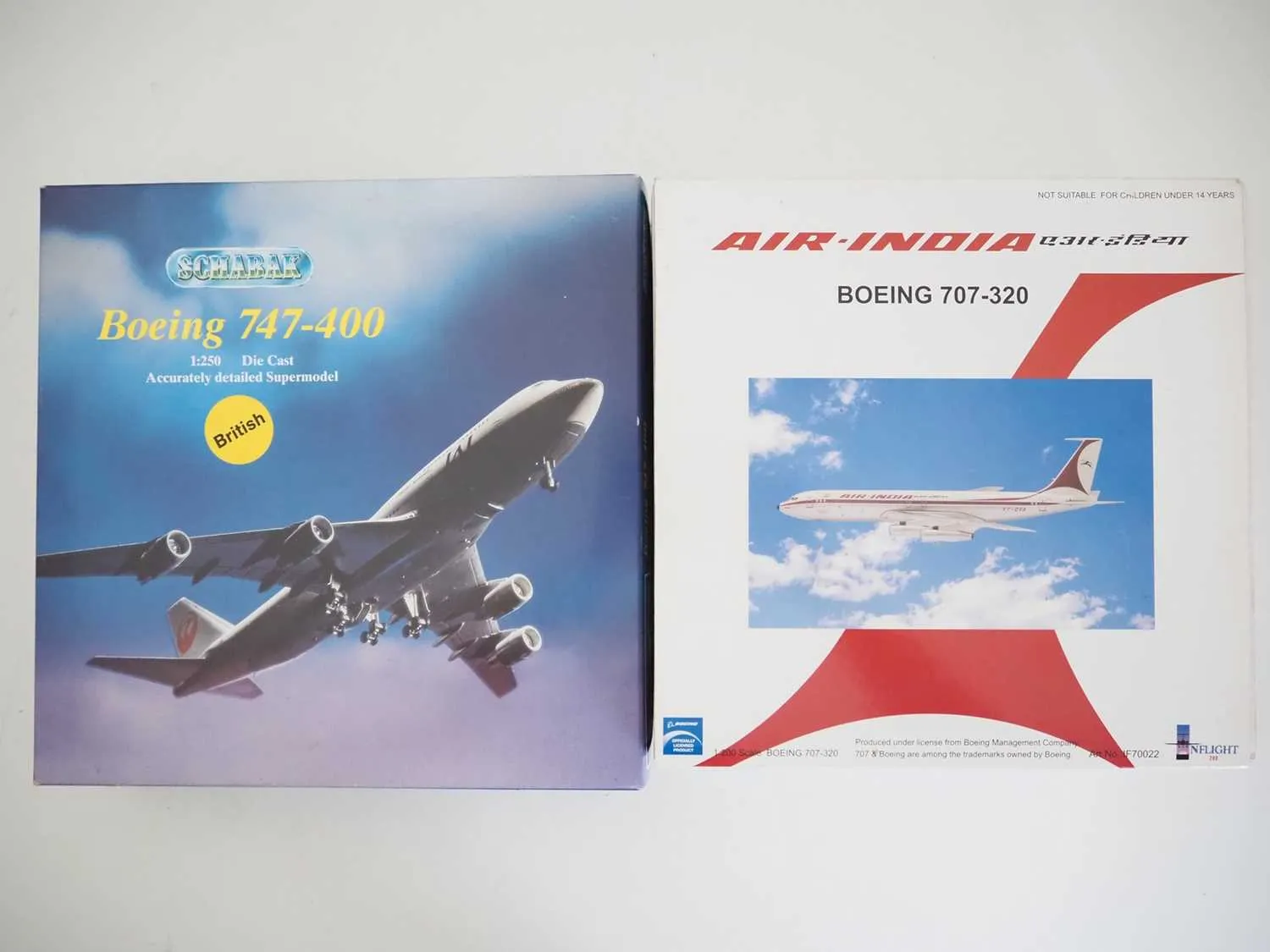
Scale is a fundamental aspect of diecast model aircraft, representing the ratio between the model’s dimensions and those of the real aircraft. Accurate scaling is crucial for the realism of the models, as it ensures that proportions and details are correctly replicated. The most common scales are 1:72, 1:48, 1:200, and 1:500, among others, each offering different levels of detail and size. Choosing the right scale is essential for collectors to align with display space, desired level of detail, and personal preferences. The accuracy of the model is measured by the precision with which the details are reproduced, from the shape of the fuselage to the paint scheme.
Understanding Model Scales
Model scales use ratios to represent the size of the real aircraft. For example, a 1:72 scale model means that every 72 units of measurement on the real aircraft are represented by 1 unit on the model. A larger scale, like 1:48, provides more detail, while a smaller scale, such as 1:200 or 1:500, reduces the size of the model, allowing for a larger collection to be displayed in a smaller space. Understanding scales is vital for collectors who want to ensure that their models are accurate and consistent with the real aircraft and any other models they collect. The scale directly influences the detail level and the overall size of the model.
Factors Affecting Scale Choice
Several factors influence the choice of scale when buying diecast model aircraft. These include the available display space, the desired level of detail, and the type of aircraft being collected. Larger scales like 1:48 or 1:32 provide the most detail but require more display space. Smaller scales like 1:200 or 1:500 are ideal if space is limited, and you prefer to collect a variety of aircraft. The complexity of the aircraft itself can also play a role; for example, more intricate aircraft might be better represented in a larger scale. The collectors’ budget can also influence scale choice, as larger-scale models tend to be more expensive.
Popular Model Aircraft Scales
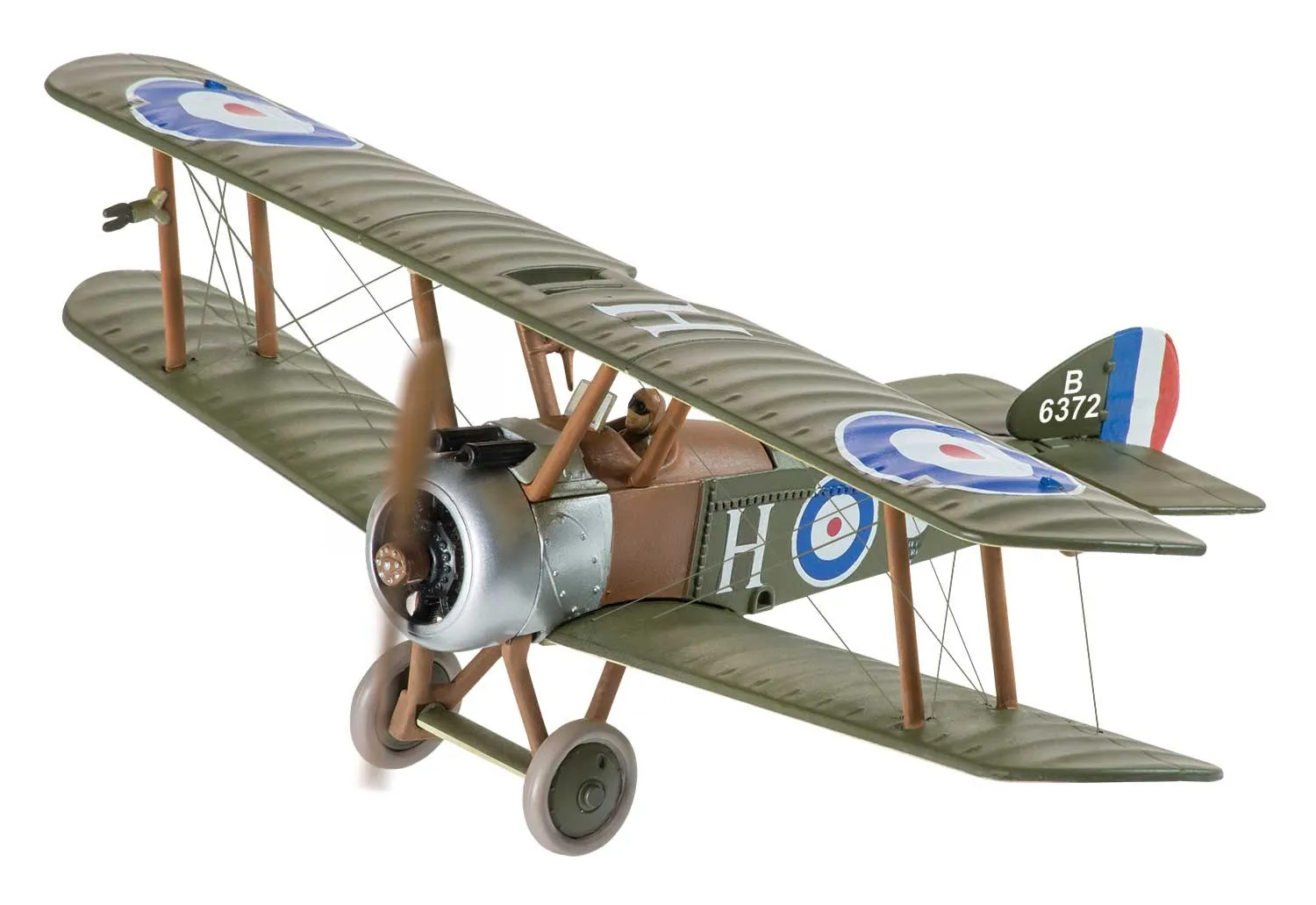
Some of the most popular scales for diecast model aircraft include 1:72, 1:48, 1:200, and 1:500. The 1:72 scale is a popular choice for military aircraft and offers a good balance of detail and size. 1:48 provides even more detail and is often favored by those who want a premium collecting experience. 1:200 and 1:500 scales are commonly used for commercial airliners and allow collectors to build extensive collections without requiring a lot of space. The choice of scale will ultimately depend on a collector’s preferences, the type of aircraft they are interested in, and the space they have available to display their models. Each scale offers a different collecting experience.
Where to Buy Diecast Model Aircraft
There are several places to buy diecast model aircraft, both online and in physical stores. Understanding the various options will enable you to acquire the models you are looking for. The availability of specific models and the prices can vary greatly between sources, so research is crucial to finding the best deals and the rarest pieces. It’s also essential to consider the reputation and reliability of the seller to ensure the authenticity of the model and the quality of service. Building relationships with trusted vendors is essential to the experience.
Online Retailers for Diecast Models
Online retailers offer a vast selection of diecast model aircraft, making it easy to find both common and rare models. Major online marketplaces like Amazon and eBay often have numerous sellers offering a wide range of models at competitive prices. Dedicated online hobby stores specialize in diecast models, providing a curated selection, detailed product information, and often offering pre-order options for new releases. Buying online provides the convenience of shopping from anywhere, browsing various models, and comparing prices. Always verify the seller’s reputation and read reviews before making a purchase to ensure you receive a genuine product.
Specialized Diecast Model Shops
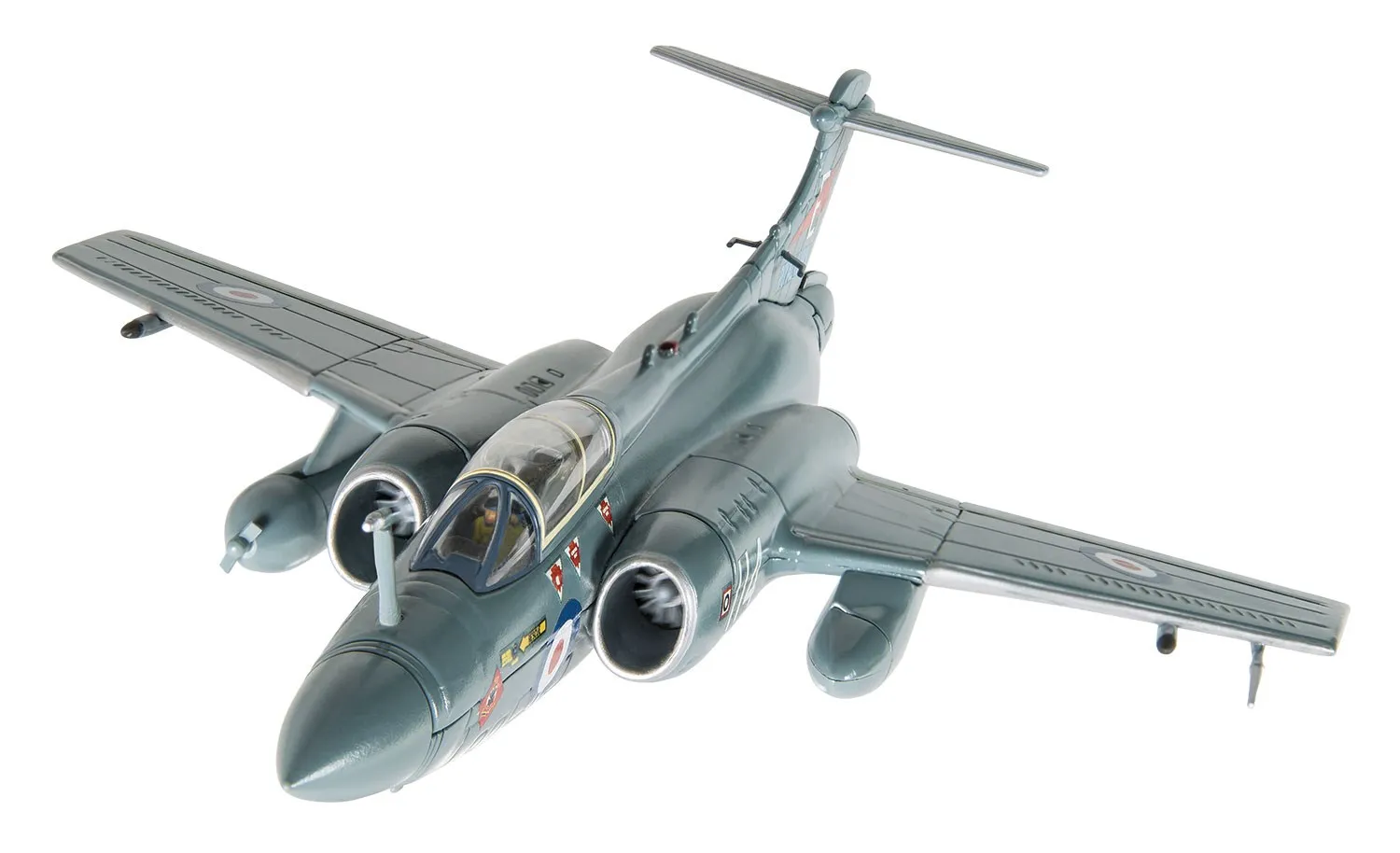
Specialized diecast model shops provide a more hands-on shopping experience and often offer expert advice. These shops usually carry a carefully curated selection of models and can provide detailed information and insights into specific aircraft. They also frequently have a strong understanding of the diecast model aircraft market, which can be invaluable when searching for specific models or learning about new releases. Local hobby stores and specialist model retailers often have a knowledgeable staff who can assist with selecting models. Visiting a shop can provide an opportunity to see the models up close, inspect the details, and assess the quality. It can also enable the beginning collector to establish connections with others.
Model Aircraft Shows and Events
Model aircraft shows and events are exceptional opportunities to see a wide variety of diecast models, meet other collectors, and potentially find rare or hard-to-find items. These shows often feature vendors selling models, accessories, and related merchandise, and the shows provide a venue for trading and selling models. Attending aircraft shows is a fantastic way to view models, learn about the hobby, and connect with the diecast aircraft community. The events bring together model enthusiasts, allowing them to exchange information, display their collections, and admire other collectors’ aircraft. These gatherings enrich the hobby and offer an experience beyond just buying and collecting.
Things to Consider Before Buying
Before buying diecast model aircraft, there are several factors to consider to make informed decisions and to ensure you are getting the most from your investment. Defining your budget, setting collection goals, and checking for authentic details can all influence your collecting experience. Researching the various aircraft, scales, and manufacturers will also improve your collecting satisfaction. By carefully considering these factors, you can develop a collecting approach that is rewarding and enjoyable. Careful planning will enhance your collection and make the process all the more enjoyable.
Your Budget and Collection Goals
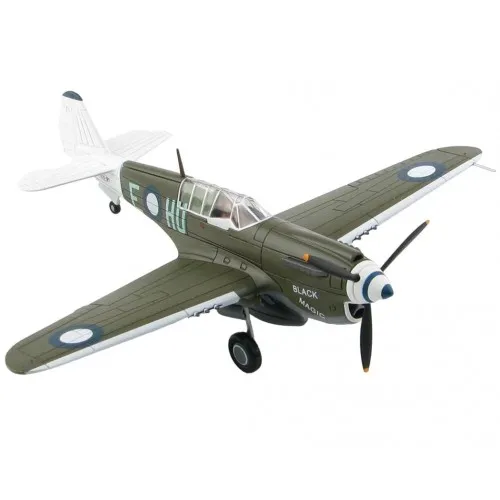
Setting a budget is a crucial first step in collecting diecast model aircraft. Determine how much you are willing to spend on each model and your overall collection. This helps prevent overspending and ensures that you can continue to enjoy the hobby without financial strain. Setting collection goals, such as focusing on a specific aircraft type, historical period, or scale, can help to provide structure and focus. Establish what you hope to achieve and what your collection should look like. Deciding which types of aircraft interest you will also make the collecting process much easier and more enjoyable.
Checking for Authentic Details
When buying diecast model aircraft, it is important to carefully examine the model for authentic details. Check for accurate paint schemes, precise markings, and proper proportions. Compare the model to photos of the actual aircraft to identify any inaccuracies. Look for well-defined panel lines, rivets, and other surface features that add to the realism. Inspect the model’s packaging, documentation, and the seller’s reputation to confirm that you are purchasing an authentic and high-quality item. Verifying authenticity will help you avoid buying imitations or models that are not true representations of the aircraft you are interested in.
Caring for Your Collection
Caring for your diecast model aircraft collection will preserve its value and keep it in excellent condition. Proper display, storage, and basic maintenance are essential to protecting the models from damage, dust, and other environmental factors. By taking the right steps, you can ensure that your collection remains in top condition for years to come. Proper care means that your collection will continue to be a source of enjoyment and a valuable investment. Consistent care is vital for protecting your investment.
Proper Display and Storage Techniques
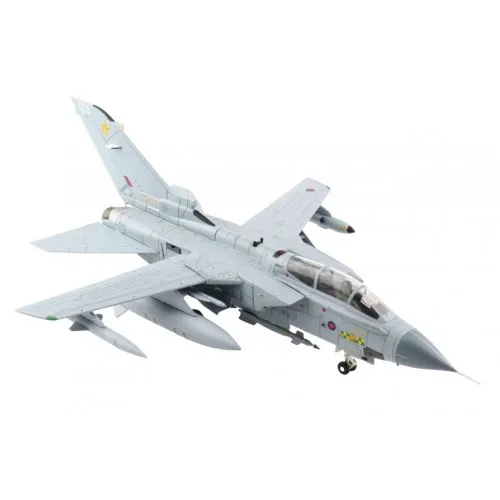
Displaying your diecast model aircraft collection in a way that protects the models is crucial. Choose display cases or shelves that are protected from direct sunlight, which can fade the paint. Avoid placing the models in areas where they may be exposed to excessive heat or humidity. When storing models, use a dust-free environment to avoid dust accumulation. Consider using individual boxes or cases to prevent damage, especially for valuable or fragile models. Rotating your display from time to time will help reduce the exposure of any individual model to light. Proper display and storage ensure the models remain safe and visually appealing.
Protecting Your Models from Damage
Protecting your diecast model aircraft from damage involves several precautions. Handle the models carefully to avoid accidental drops or scratches. Do not place them in areas where they are easily accessible to children or pets. If you need to transport the models, pack them carefully in their original boxes, and use bubble wrap or other protective materials. Regularly inspect your models for any signs of damage, and address any issues promptly. Use appropriate cleaners and tools to remove dust, dirt, or other substances. These measures will help you avoid damages and keep your models in great condition.
Basic Maintenance and Cleaning
Basic maintenance and cleaning are vital for keeping your diecast model aircraft in excellent condition. Dust your models regularly with a soft brush or cloth to prevent dust accumulation. Avoid using harsh chemicals or abrasive cleaners, as these can damage the paint or decals. Use a mild soap solution for more thorough cleaning if necessary, being careful not to get moisture into the model’s interior. Check the model’s moving parts, like landing gear or propellers, and lubricate them with a suitable lubricant to ensure smooth operation. Consistent maintenance will ensure that your models remain attractive and well-preserved.
